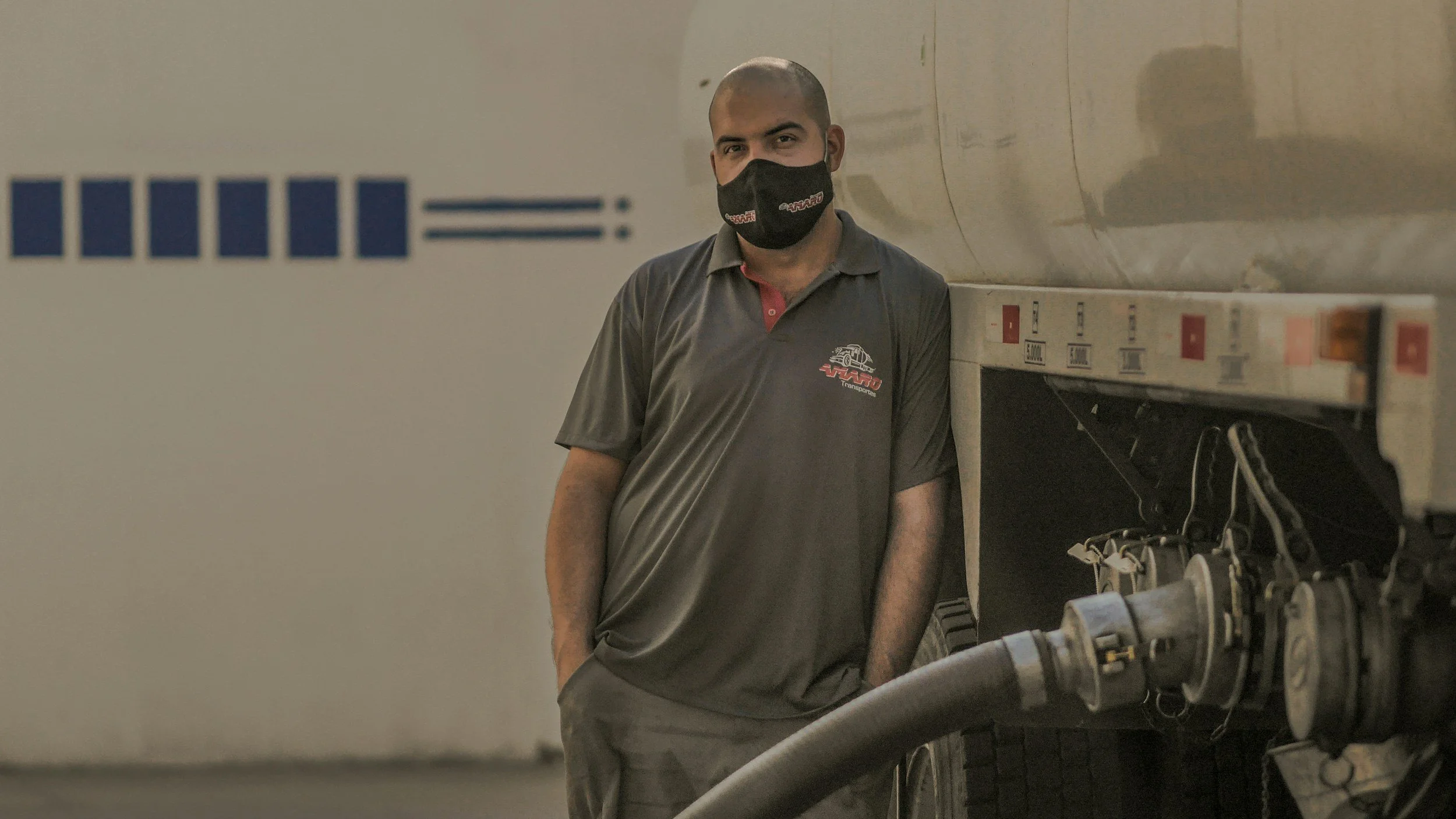In the last few weeks, I've been doing some very interesting work with a waste to biofuels start-up company in Finland, producing sustainable aviation fuel. As a newcomer to the industry I've obviously had to keep my ear to the ground. Here’s what I’ve found out in the last few weeks.European aviation mandating a minimum of 2% SAF into their fuel mix with targets set to rise to 10% in the UK and 6% in the EU by 2030
US Treasury's new interim guidance on clean fuel subsidies on clean fuel tax credits under the Inflation Reduction Act
The UK government is also reevaluating a proposed net zero 'flight tax' amid concerns about potential increases in travel costs for consumers
Indonesia's state-owned energy company Pertamina, is set to produce its first batch of certified SAF in the first quarter of 2025 and
Jet Aviation has introduced SAF in Basel, Switzerland, which all highlight the global momentum towards integrating sustainable fuels in both aviation and broader energy sectors, despite the economic and logistical challenges involved.
For those that don't want to read the rest, here's a little summary of what I'm about to say.
Summary: As regulatory demands around Sustainable Aviation Fuel (SAF) increase, airlines face both challenges and opportunities. By focusing on transparent communication, empowering passengers with choice, and embedding sustainability into their brand narrative, airlines can turn compliance obligations into a competitive advantage while balancing cost and environmental responsibility.
So, the aviation sector faces critical questions as new UK and European regulations mandate the increased use of Sustainable Aviation Fuel (SAF), starting at 2% in 2025 and rising to 22% by 2040. While aimed at reducing carbon emissions, these mandates bring both challenges and opportunities. Will these regulations impose financial strain and sustainability challenges, or can they serve as a competitive advantage in a global market where environmental responsibility is increasingly valued?
Regulatory mandates may initially appear as cost burdens, especially as fare adjustments will be necessary to meet compliance demands. However, airlines can mitigate negative perceptions by clearly communicating the rationale behind these adjustments. Transparent messaging that explains SAF’s role in reducing carbon emissions and the link between ticket prices and sustainability efforts can shift consumer understanding.
The way airlines integrate sustainability into their brand narratives will be pivotal. Instead of treating SAF compliance as an isolated requirement, it should be woven into the broader brand message. Consistently showcasing environmental efforts across booking platforms, inflight communications, and digital channels might even position airlines as forward-thinking industry leaders.
Empowering passengers is another effective strategy. Airlines should offer voluntary contribution models where travellers can choose to support SAF adoption through greener fare options, loyalty programme incentives like BA Avios have adopted, or simple carbon offsetting tools during booking. Offering choice reframes regulatory obligations as collaborative sustainability efforts. This is clearly the route most airlines are already taking.
Tone and framing matter, a lot. Price adjustments tied to regulatory changes have to be presented as shared steps towards positive environmental impact and not as their regulatory burden. Messaging must focus on the collective impact that can be made from small actions and show how passenger choices contribute to the global sustainability movement.
Strategic storytelling is everything. Marketers have to position sustainability as a progressive market advantage by sharing achievements like SAF adoption milestones or partnerships with biofuel innovators like Flying Forest. Airlines can demonstrate leadership if they collaborate with eco-conscious partners who align with their own sustainability goals
The aviation sector stands at a critical crossroads. Airlines that treat sustainability mandates as opportunities rather than burdens, using clear transparent messaging, adopting passenger empowerment thorugh choices, and doubling down on sustainability-led storytelling, can build stronger customer loyalty and long-term market growth. And that’s my thought for the week.
